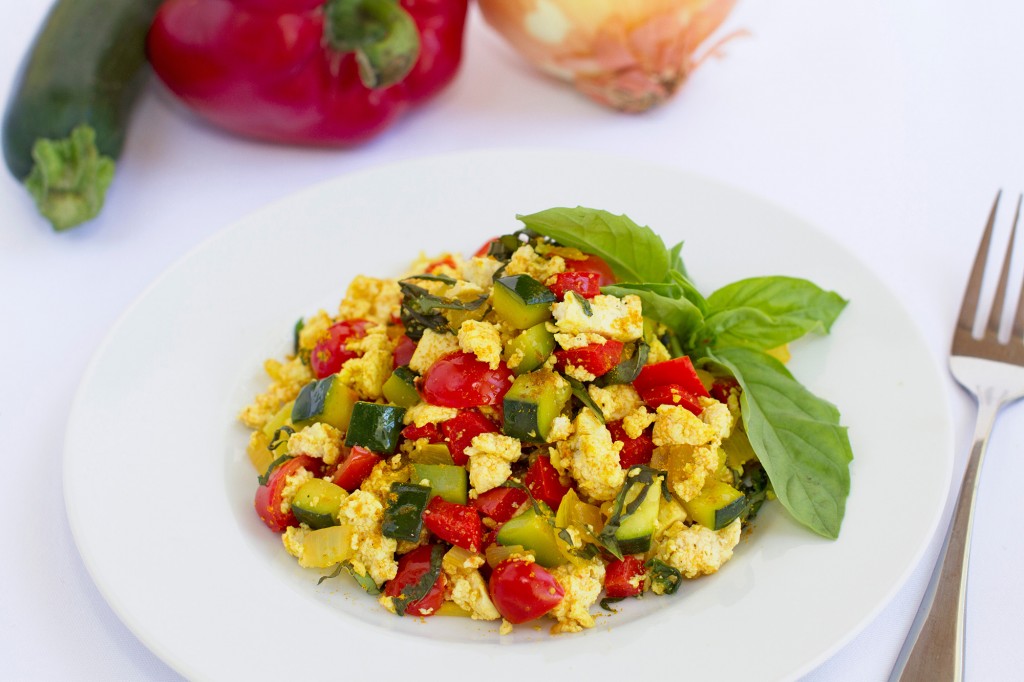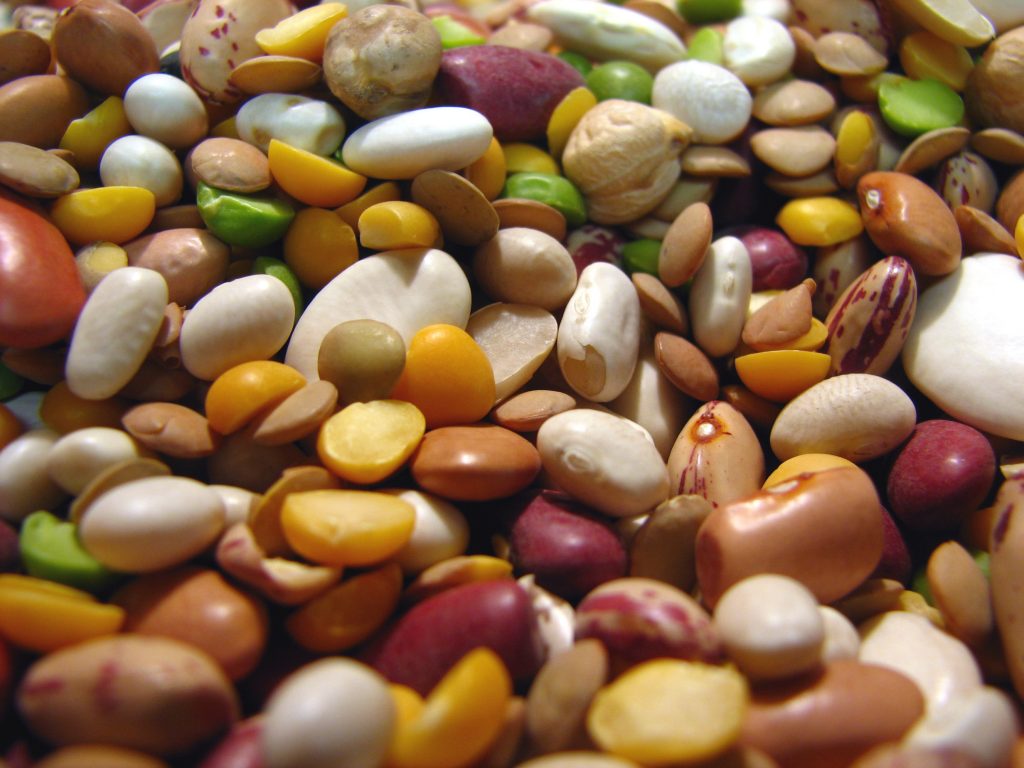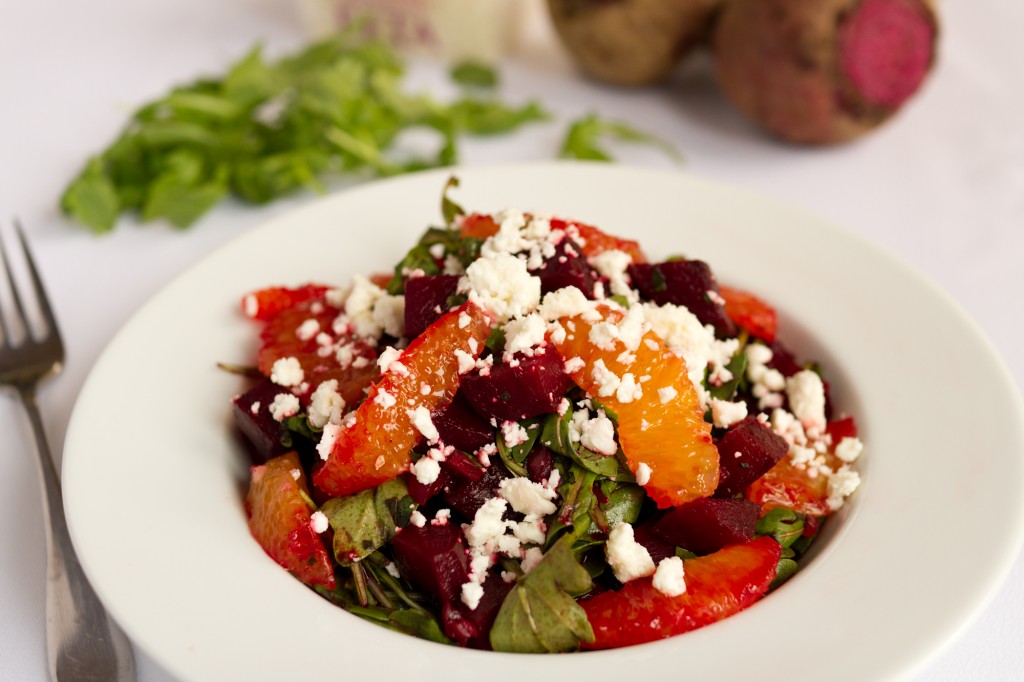
Getting Enough Plant-Based Protein Is Easier Than You May Think!
Photo Credit: rusvaplauke, via Flickr Creative Commons
You will get all the protein you need on a well-balanced plant-based diet. Beans, nuts, seeds, lentils, and whole grains are packed with protein.
All of us have been taught the importance of getting enough protein, often equating it with good nutrition. But in the United States, most people (rich or poor) eat too much of it—at least twice as much protein as they need. Assuming you consume an adequate number of non-sugar calories, it is very difficult to eat too little protein. (This is not always true for pregnant or nursing women, small children, and post-surgical or burn patients whose protein requirements may be increased.)
In the United States, most people (rich or poor) eat at least twice as much protein as they need.
Too much protein, like too little protein, can be harmful for you. Animals that are fed high-protein diets die sooner than animals given the same number of calories but with less protein. Excess protein also can lead to bone demineralization and osteoporosis. And in animal studies, even a low-fat diet that is high in protein can promote the formation of coronary artery blockages.
Protein is formed from building blocks called amino acids. There are approximately twenty-two different kinds of amino acids that can combine to form literally billions of varieties of proteins, just as the twenty-six letters in the alphabet can form an endless number of words.
Your body can make thirteen of these amino acids. The other nine are called “essential amino acids,” since they must be supplied in the diet. Of these, only three—lysine, tryptophan, and methionine—are critical, since the others are plentiful in most foods.
The amino acids that come from plant foods are exactly the same as the amino acids that come from animal foods. When you eat protein, whether from a T-bone steak or from a meal of rice and beans, that protein is digested into the individual amino acid building blocks. Your body then takes these amino acids and builds whatever proteins you need. In other words, the protein that comes from eating a T-bone steak is exactly the same quality as the protein that comes from a meal of rice and beans. But when you eat a steak, you’re also consuming excessive saturated fat and cholesterol.
Unlike animal products, though, no single plant source contains all of the essential amino acids. Fortunately, though, plant-based foods contain the three critical amino acids in different proportions. By eating a variety of foods, you will obtain all of these necessary amino acids.
Legumes (beans, for example) are high in lysine but low in tryptophan and methionine. Grains (rice, for example) are low in lysine but high in tryptophan and methionine. A meal of rice and beans, therefore, provides a complete protein, no different from the protein found in eggs or meat.
You don’t have to be a scientist or a nutritionist to combine foods properly. It’s easy: just eat any grains and any legumes sometime during the same day.
Here are some examples of a complete protein:
- rice and beans
- tacos with beans
- tofu with rice
- pasta e fagioli (pasta and beans)
- hopping John (black-eyed peas) and rice
- boston baked beans and brown bread
Finally, research is showing that a diet high in animal protein increases your risk of premature mortality from all causes by 75%, from cancer by 400%, and from type 2 diabetes by 500%–independent of the amount of fat and carbs. However, increasing plant-based proteins did not increase the risk and was found to be protective.








